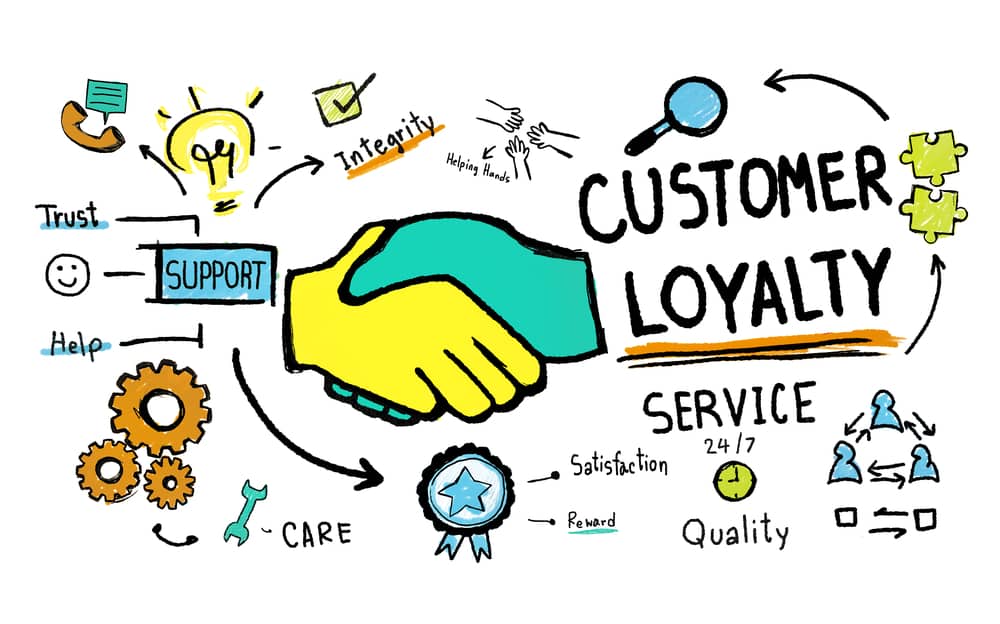Do you currently have a customer loyalty program in place? If so, how much does the reverse supply chain figure into your efforts to retain customers?
Research shows overwhelmingly that, when consumers have a positive experience with warranty service and returns, their brand loyalty increases substantially. And, if what industry leaders are doing to retain their customers is any indication, adding this focus to your consumer loyalty program makes good business sense.
Why You Need a Brand Loyalty Program
Businesses must spend, on average, five times more money to attract a new customer than they must spend to retain a customer. And, depending on your industry, even a small increase in customer retention can substantially improve the bottom line.
Nielsen reports that brand loyalty is waning at an alarming rate. Their report and analysis of this trend cites a phenomenon known as “Newism” at the heart of rampant brand migration, as consumers have discovered a newfound obsessing with trying new things. So, until you can offer your customers a persuasive reason to stick with you, you could become an unwitting victim of this phenomenon.
Customer loyalty programs can be a powerful way to help retain current customers, and some of the largest, most successful national brands are leveraging these programs in a variety of creative ways, many of which include more generous returns policies.
What Industry Leaders Are Doing to Improve Customer Loyalty
Recently, Business Insider compiled a list of the best consumer loyalty programs. Topping the list were mega-brands like Target, Nordstrom, Amazon and REI.
In addition to offering discounts, free shipping and other standard perks, many of the retail industry’s most successful companies include enhanced returns benefits in their loyalty programs.
For example, when you become a member of Target’s loyalty program, your return period is extended by 30 days. At REI, their co-op program offers members the ability to return purchases without a receipt, no questions asked. Lululemon, Nordstrom and Bloomingdales all have similar returns policies.
If you sell products online, it’s even more important to enhance your customers’ ability to return products and obtain a refund or warranty repair/replacement.
Reverse Business Technology Solutions to Help Retain Customers
Even if you want to offer your loyal customers a more generous return policy, you may wonder whether you can afford to. Based on current consumer data, however, you probably can’t afford not to.
If the cost of the reverse business cycle is preventing you from improving the returns or warranty repair experience for your customers, consider adopting a technology solution to facilitate reverse logistics.
ReverseLogix is the industry-leading SaaS reverse logistics technology platform that allows you to reduce costs while enhancing the customer experience. Our software allows you to run your entire reverse business, recapturing lost revenues and setting your company apart from the competition.
Contact us today to request a free demonstration of our affordable, easy-to-use technology platform that can give your customer loyalty program a substantial boost.

